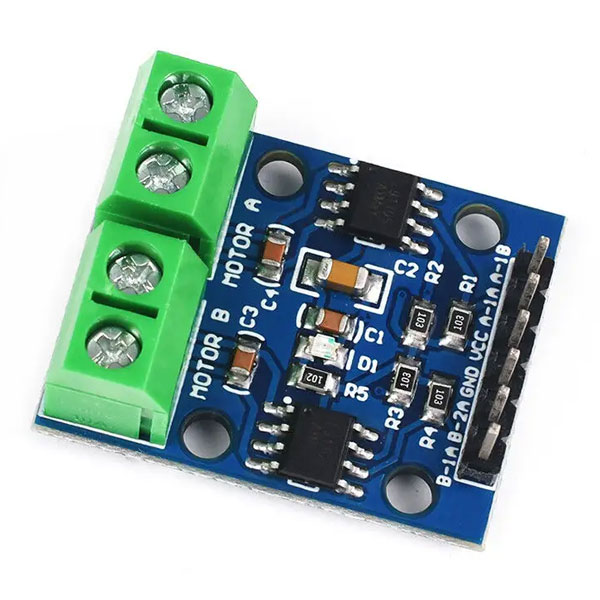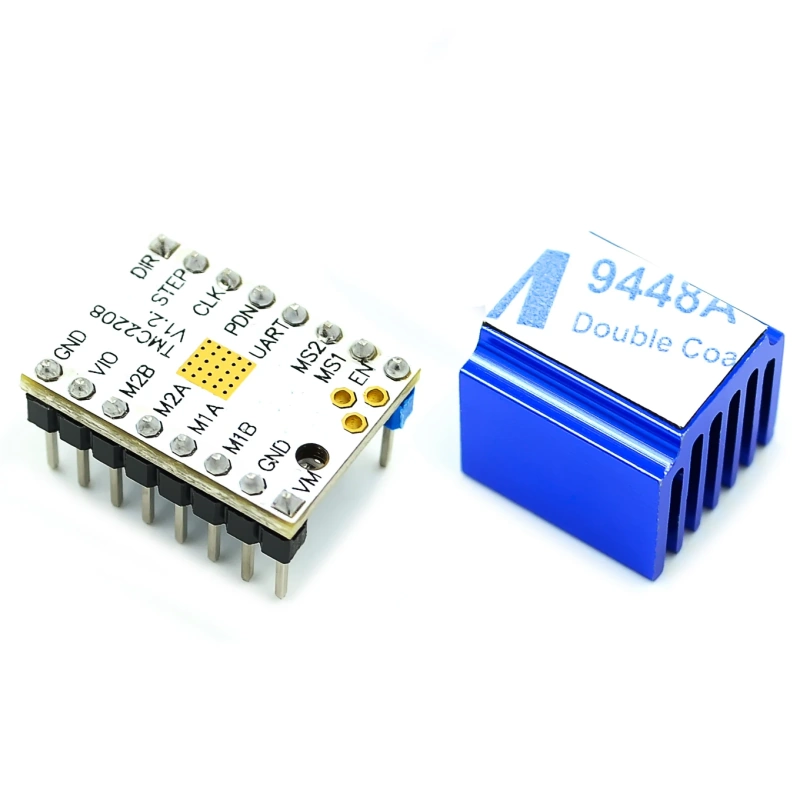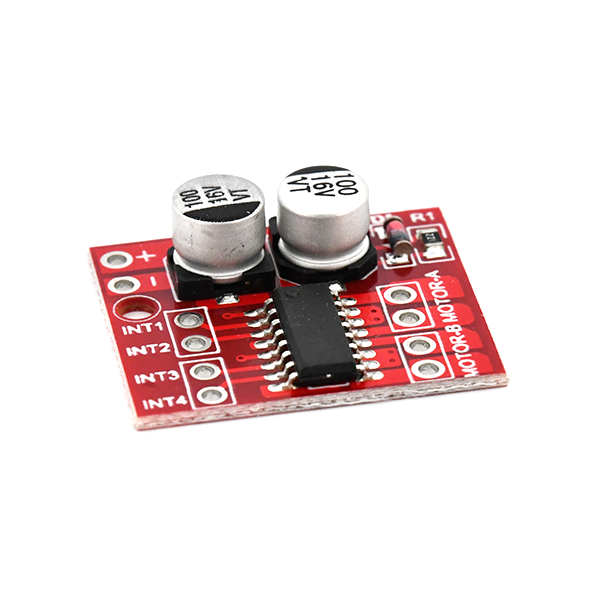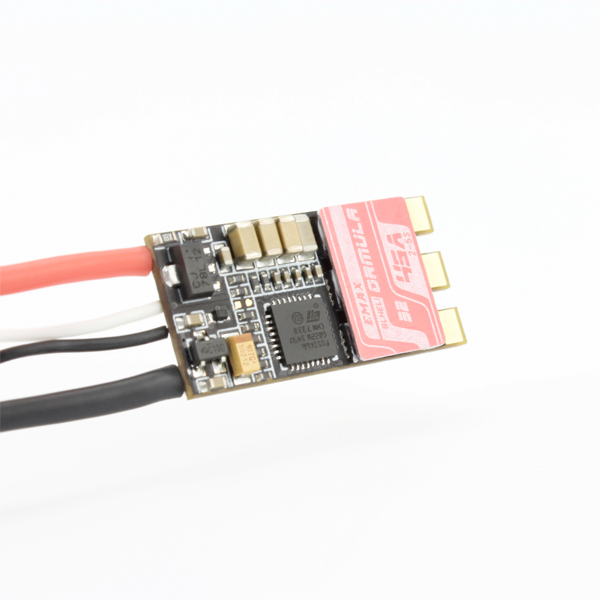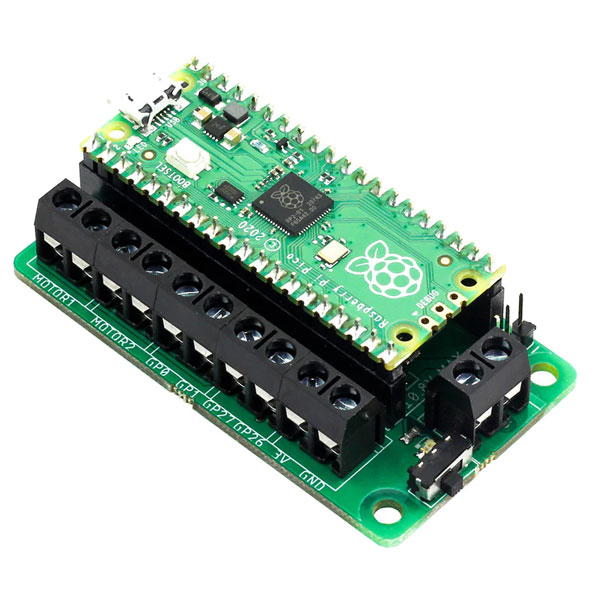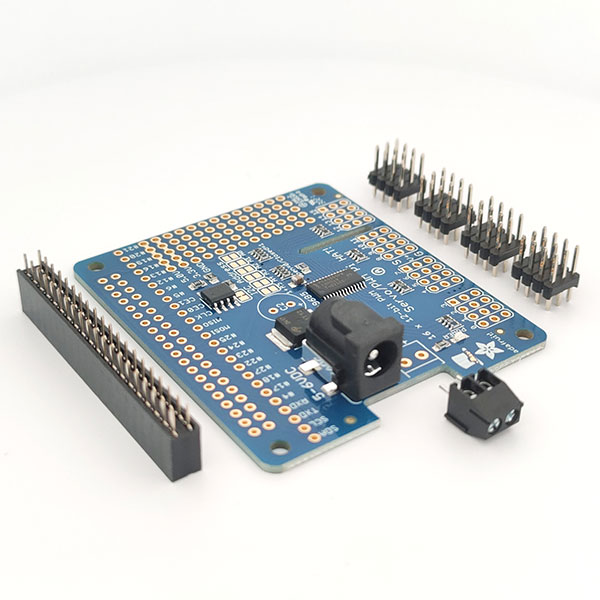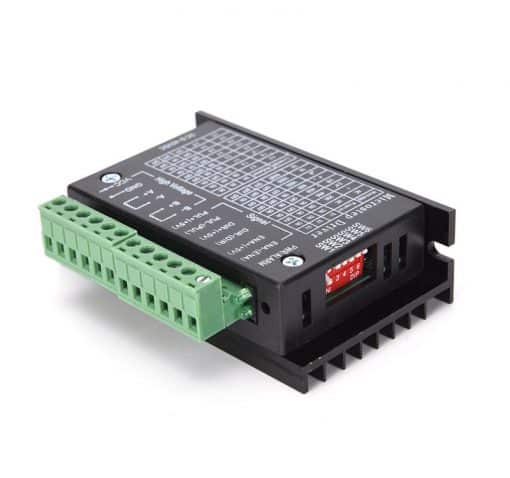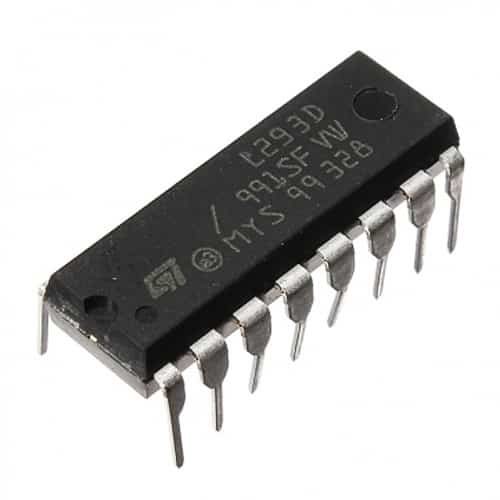5158+ reviews
Order by 16:00 for same day shipping
14 days return
EN
Individual
Business
Filters
Price
to
Drivers
Robotics Drivers are essential links between a microcontroller and motors or servos. Microcontrollers such as Arduino or Raspberry Pi only provide a control signal. That is not enough to control motors directly. Drivers amplify this signal into a powerful electrical command. Without a driver, many robotics projects cannot function properly. There is even a risk of damage to the hardware. Drivers make it possible to run motors in a safe and reliable way. They are indispensable in everything from simple educational robots to complex industrial machines.
14 products found
Sort by:
How do robotic drivers work?
Drivers control motors without overloading them. Think of a small robot car that has to drive, steer and brake. Each motor in that car is controlled by a driver. Servos and gripper arms also use drivers. For precise movements, such as in 3D printers or CNC machines, stepper motor drivers are needed. These ensure that the motor turns precisely in small steps.
The microcontroller sends a low voltage signal to the driver. The driver amplifies this to the correct voltage and current for the motor. Many drivers also offer protection against overvoltage, undervoltage or backflow. This extends the life of your robot and prevents your microcontroller from burning out. In larger systems, multiple drivers are often needed to control different motors.
What types of drivers are there?
There are different types of drivers for different applications. One of the best known is the H-bridge driver. This allows you to control the direction and speed of a DC motor. They are popular because of their simplicity. For fast prototyping, there are motor shields. These are modules that you put directly on an Arduino to control multiple motors at the same time.
Servo drivers are suitable for projects with many servos, such as robotic arms or animatronics. They often work via the I2C or PWM protocol. This allows you to control dozens of servos simultaneously with one microcontroller. Stepper motor drivers, such as the A4988 or TMC2209, are ideal for high-precision applications. They support microstepping. This means that the motor can make small, precise steps.
There are also advanced drivers with built-in protection and communication options. These are found in complex or mobile robots where reliability and efficiency are important.
What do you look for when choosing a driver?
When purchasing, pay attention to the current and voltage consumption of your motor. The driver must be able to handle this without overheating. Also determine how many motors you want to control. Some drivers control one motor, others control several at the same time.
Make sure the driver is compatible with your microcontroller, such as Arduino or Raspberry Pi . Also consider the dimensions and how you can mount the driver, especially for compact or mobile applications. Additional features such as temperature protection, current limiting or PWM speed control can be useful.

